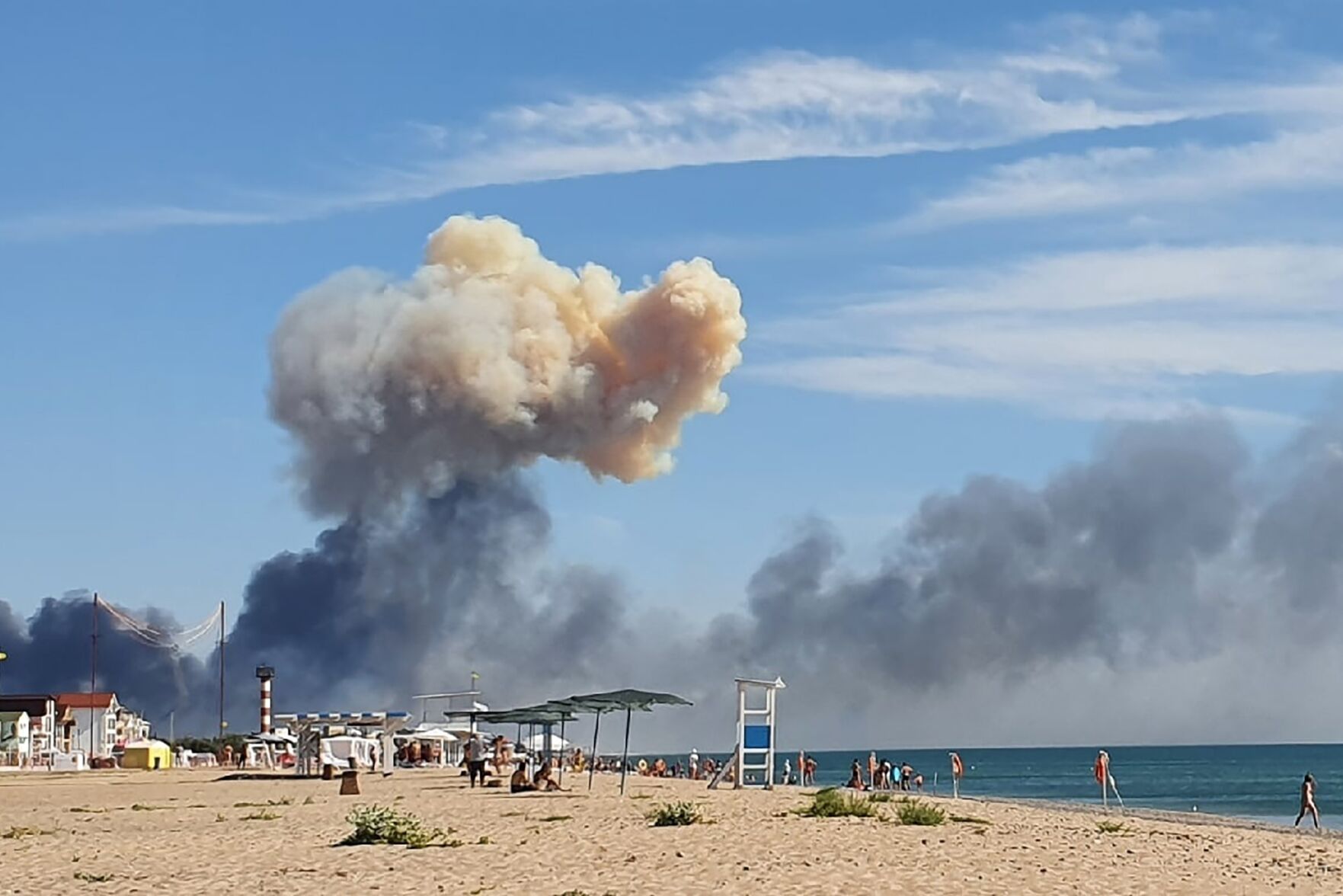In March 2014, Russia seized Ukraine’s Crimean Peninsula in a swift, bloodless operation the world overwhelmingly deemed illegal. That single move plunged Moscow’s relations with the West into their steepest decline since the Cold War—a rift that still defines European security.
What to know about Crimea, the Black Sea peninsula seized by Russia

Key Takeaways:
- Russia captured Crimea from Ukraine in March 2014.
- The takeover was rapid and largely bloodless.
- Crimea is a strategic peninsula on the Black Sea.
- The annexation is widely viewed as illegal under international law.
- The move sent Russia-West relations into a Cold-War-level downturn.
Crimea: The Black Sea Peninsula at the Center of a Global Rift
When Russian forces moved into Crimea in March 2014, the operation was, in the words of contemporary observers, “quick and bloodless.” Within days, Moscow had established control over the Black Sea peninsula that until then was internationally recognized as part of Ukraine.
What and Where Is Crimea?
Jutting into the northern Black Sea, Crimea commands warm-water ports and shipping lanes that have long made it a strategic prize. Before 2014, the territory functioned under Ukrainian sovereignty while hosting Russia’s Black Sea Fleet through a leasing arrangement.
The Seizure
The Kremlin’s move in March 2014 violated Ukraine’s borders but involved little open combat. Russian units fanned out across key installations even as most Ukrainian forces remained in their barracks. The speed of the takeover—and the near absence of bloodshed—set Crimea apart from other modern territorial conflicts.
A Claim the World Calls Illegal
Western governments swiftly condemned the seizure as an illegal annexation. The occupation, one European diplomat said at the time, defied “the foundational rule that borders cannot be changed by force.”
Cold-War Echoes
The geopolitical aftershocks were immediate. As the Associated Press noted, the action “sent Moscow’s relations with the West into a downward spiral unseen since the Cold War.” Sanctions, diplomatic expulsions and military posturing soon followed, locking Europe and Russia in a standoff that persists more than a decade later.
Why It Still Matters
Crimea’s status remains central to any discussion of European security. The peninsula’s fate continues to shape diplomatic calculations in Washington, Kyiv, Brussels and Moscow—and to remind the world how quickly a border can move, and how long the consequences can last.











